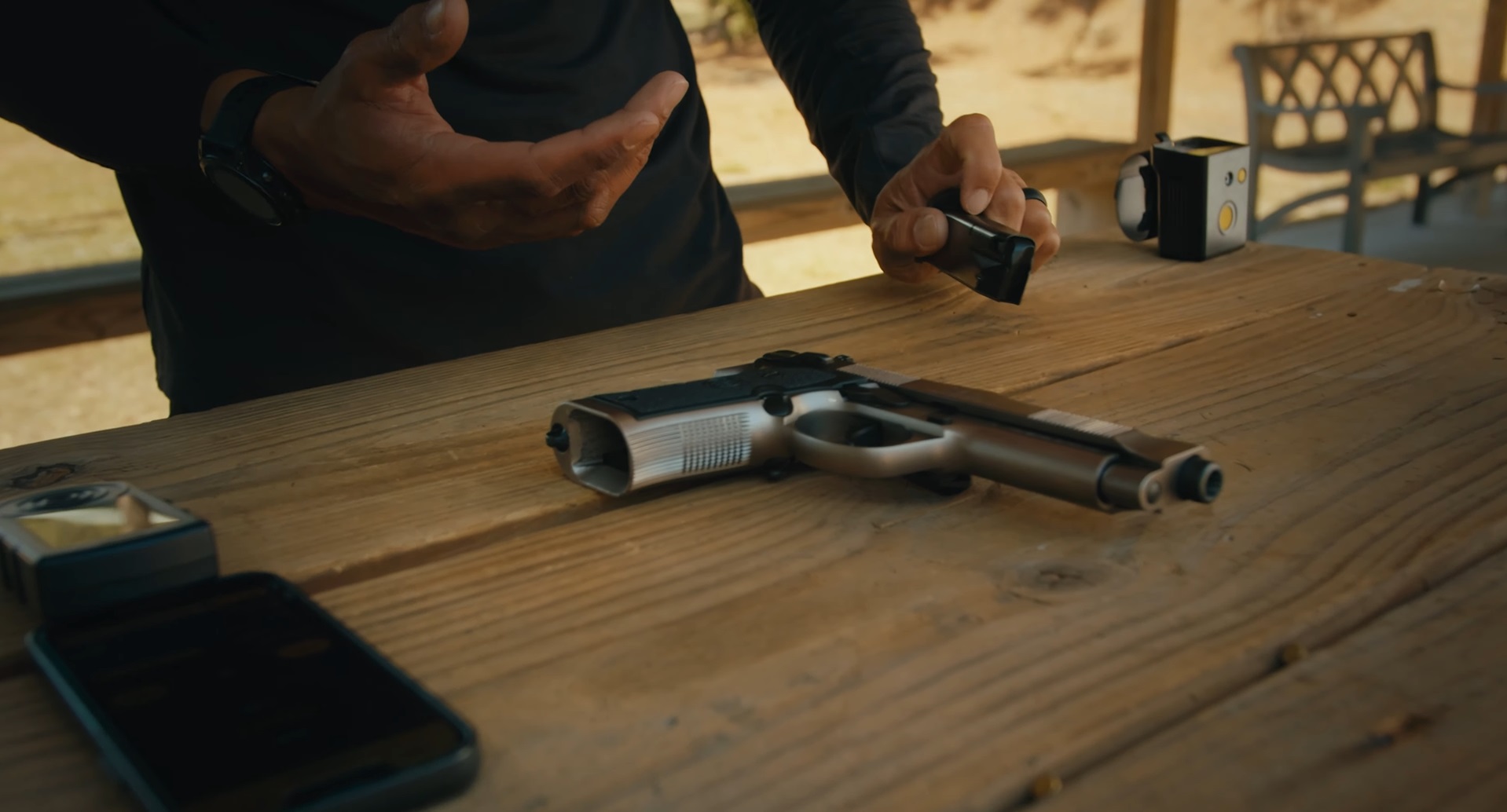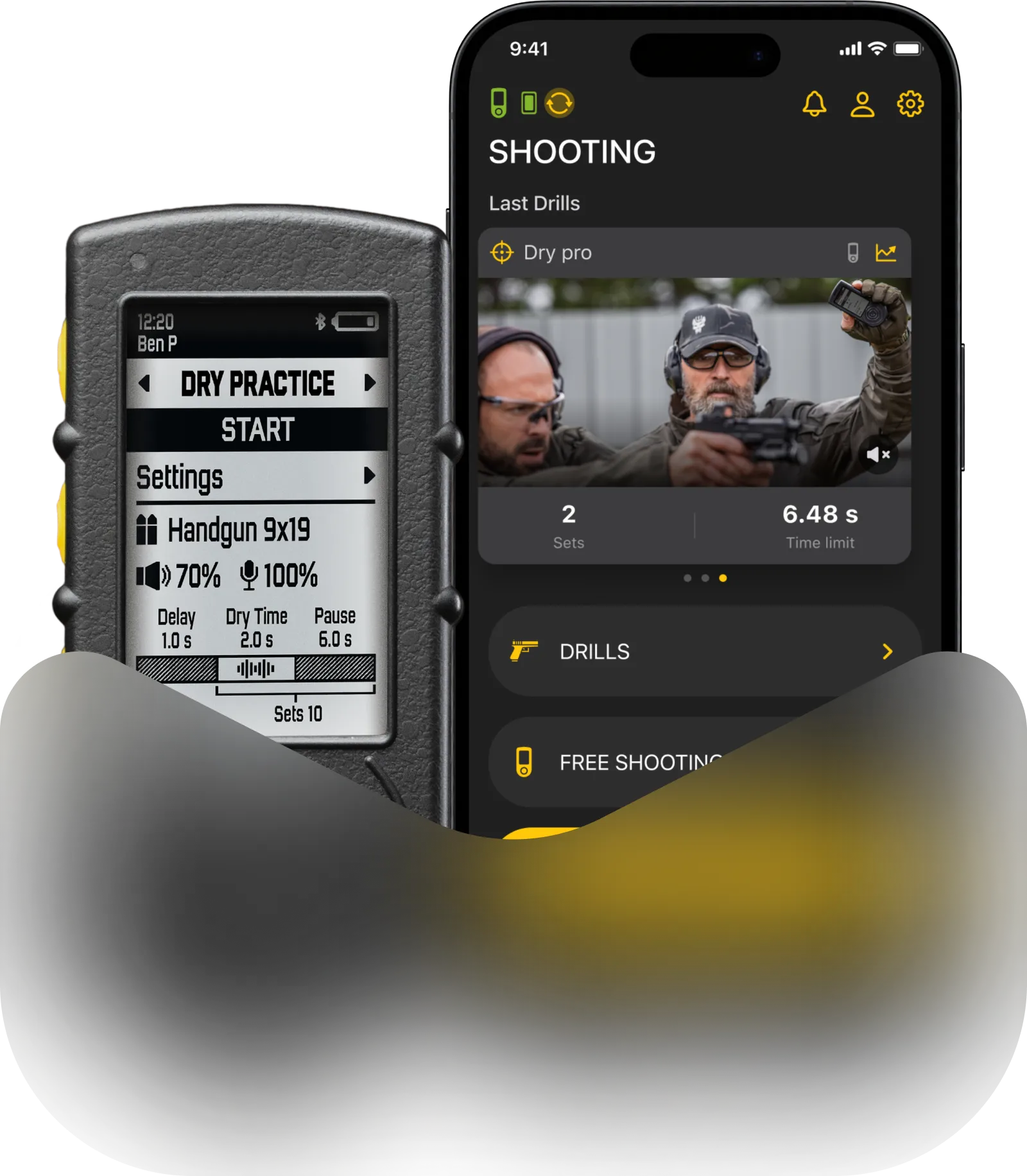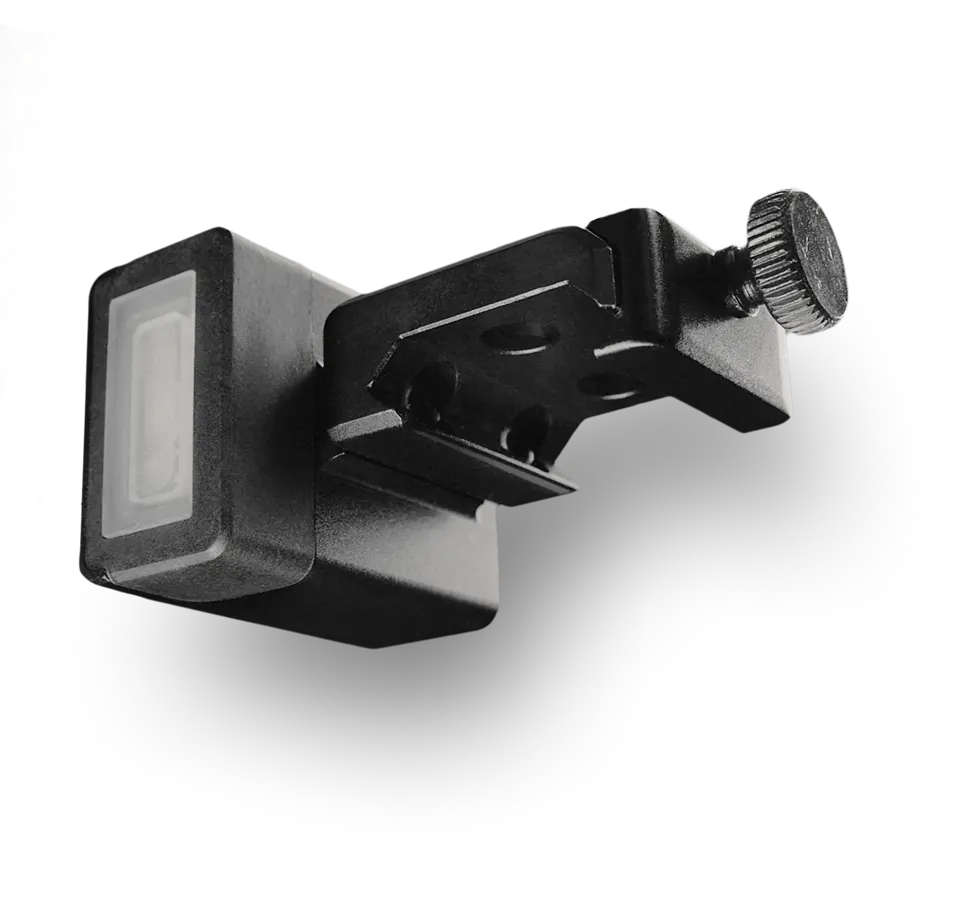Dry firing is the practice of simulating the firing of a firearm without any ammunition. This technique allows shooters to practice essential skills such as trigger control, sight alignment, and weapon handling safely and cost-effectively. Whether you are a novice or an experienced shooter, dry firing can significantly enhance your proficiency with various types of firearms.
From this guide, you can learn all you need for effective dry fire practice, including safety tips, drills, auxiliary tools, and more.
Safety Precautions
Unloading procedures. Before beginning any dry fire session, ensure your firearm is completely unloaded. Remove the magazine, lock the slide to the rear, and both visually and physically inspect the chamber.
Safe handling and environment, Always point your firearm in a safe direction. Designate a specific area for dry firing where there is no risk of injury or damage if an accidental discharge were to occur.
Ammunition management. Remove all live ammunition from the practice area. This eliminates the risk of accidentally loading a live round during your session. If you leave the room, reclear your firearm upon return to ensure it remains unloaded.
Using all three safety techniques may sound paranoid, but it is important. It’s better to do this before every practice than to get injured one day because of a mistake
Visualization Techniques
Mental preparation steps.
Begin each session by mentally noting „dry-fire” to set the stage for focused practice. Visualization helps in mentally preparing for the task at hand.
Incorporating sensory details
Engage all your senses. Visualize the feel of the grip, the sight picture, the trigger pull, and even the smell of gunpowder. This holistic approach enhances muscle memory and mental readiness.
Visualization accelerates skill development by reinforcing proper techniques and improving mental focus. It’s a powerful tool that complements physical practice.
Dry Firing Techniques and Best Practices
Focus on achieving a proper sight picture. With iron sights, keep the front sight in focus while the target and rear sight remain slightly blurred. For optics, maintain a target-focused approach for quicker acquisition.
Position your finger correctly on the trigger, take up the slack, and apply steady pressure until the trigger breaks. The front sight should remain steady, indicating minimal disturbance during the trigger pull.
Consistent practice is key. Each dry fire repetition should simulate perfect live fire, helping to build muscle memory and enhance precision.
Dry Firing Drills
Now let’s look at some popular drills you may use in your practice
- Coin trick. Balance a coin on the front sight and practice trigger control without disturbing the coin. This drill enhances grip and trigger discipline.
- Drawing practice. Use a holster to practice drawing the firearm. Start slowly to ensure proper grip and presentation, then gradually increase speed.
- Reloads. Practice reloading by starting with the slide locked to the rear and an empty magazine inserted. Perform the reload smoothly, simulating live-fire conditions.
- Presentation drill. It helps improve drawing and shooting. Start by breaking down the draw into steps: access, grip, pull, rotate, join, extend, and press the trigger. Practice from both concealed and open carry. Aim to perform these steps smoothly and quickly, turning them into one fluid motion.
- One-handed shooting. Alternate between your dominant and non-dominant hands to practice one-handed shooting. This builds proficiency in case of emergency.
- Positional drills. Practice shooting from various positions such as sitting, kneeling, and prone. Incorporate movement and use cover to simulate real-world scenarios.
To recreate competitions or real-life situations, you can use AR stages in the free Drills app. This way, you can perform not only individual exercises, but also complete full stages in dry fire.
Advanced Dry Firing Tools and Gadgets
SG Timer and Drills app
If you do dry fire, this is already a big plus for your progress. But practicing blind is less effective than with a timer. Using the shot timer byShooters Global, you can see the exact time of pressing the trigger. Smart sensors of SG Timer 2 and SG Timer GO can detect all types of shots, including the dry fire sound.
Features:
- Custom exercises: create tailored dry fire drills.
- Progress tracking: monitor performance over time.
- History and analytics: review detailed session stats.
- Video integration: record and analyze sessions to identify mistakes.
Using an SG Timer and Drills, you can track your progress and correct your mistakes, making dry fire practice more effective.
Snap caps
Snap caps are dummy rounds designed to safely mimic live ammunition for dry fire practice. They contain no primer or gunpowder, making them entirely inert. They prevent damage to the firing pin and chamber, especially important for rimfire firearms and older guns. Snap caps are used for safe practice of loading, unloading, and malfunction drills without using live ammo.
Use snap caps to safely practice dry firing, especially with rimfire firearms and older models.
Laser Ammo Systems
Laser ammo systems use laser technology to simulate shooting, providing immediate feedback on accuracy and trigger control. It shows exactly where your shots would have hit, helping to correct aim and improve accuracy. Can be used for a variety of drills including drawing, reloading, and transitioning between targets. No live ammo involved, making it ideal for at-home training.
Creating and Maintaining a Dry Fire Journal
Keeping a dry fire journal helps in planning, tracking, and reviewing your practice sessions. It ensures structured progress. Outline the skills you want to focus on before each session. This helps you make the most of your practice time.
Log details such as times, repetitions, and observations. Regular review of your journal aids in identifying trends and making necessary adjustments.
If you don’t have an SG Timer and Drills app, you need to put this data every time you finish your practice. If you do, the data will be saved in your journal automatically in the “Activity” tap.
Keep practicing to become the best version of yourself!






